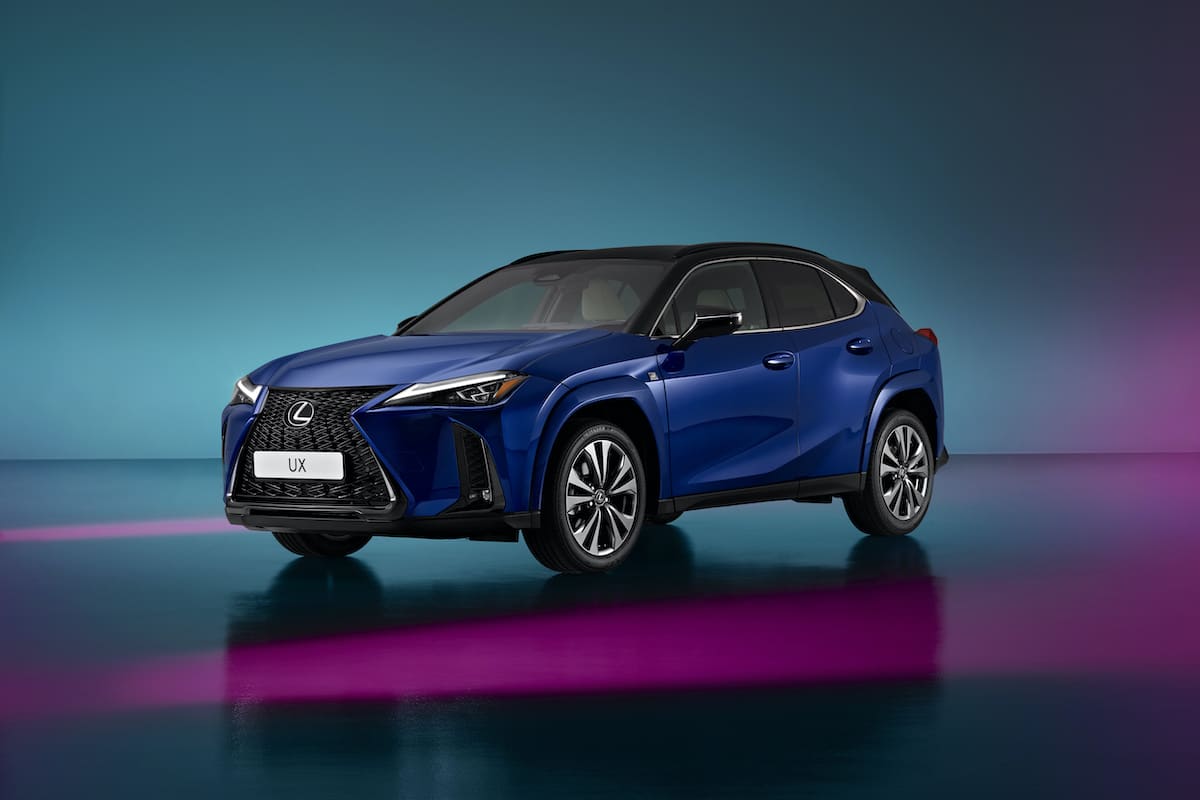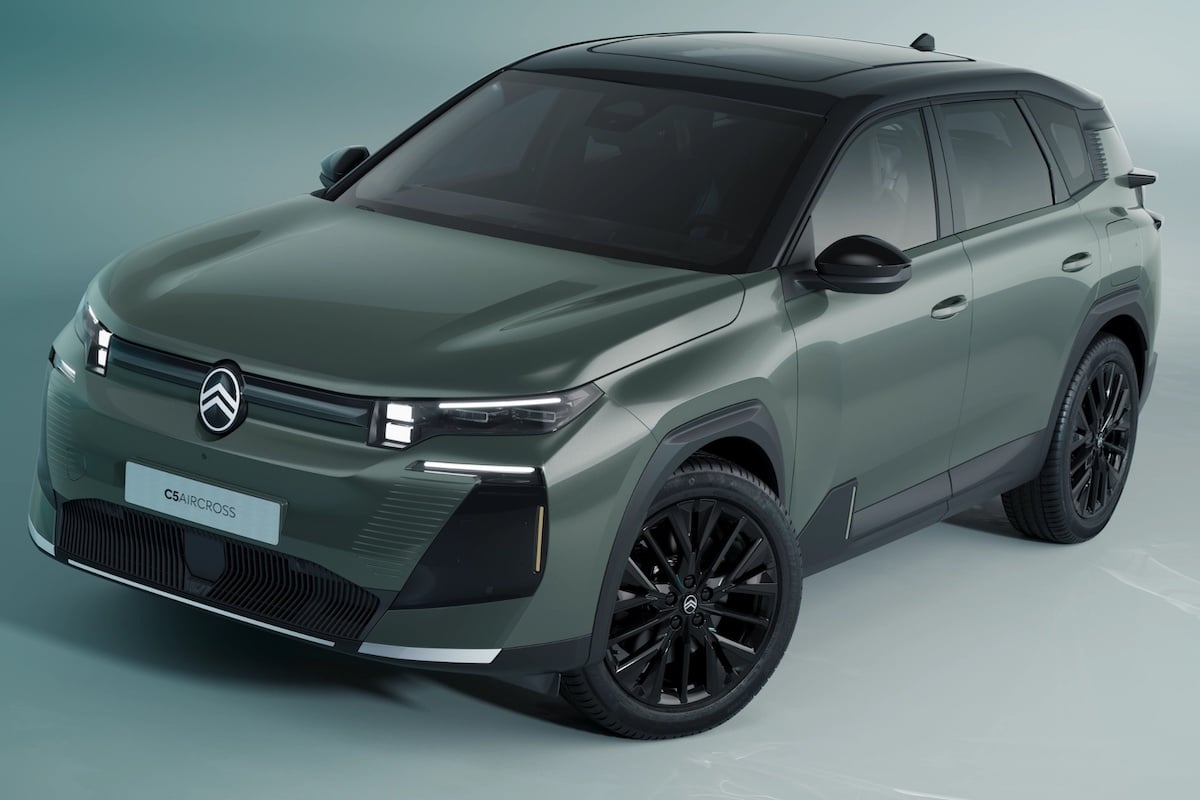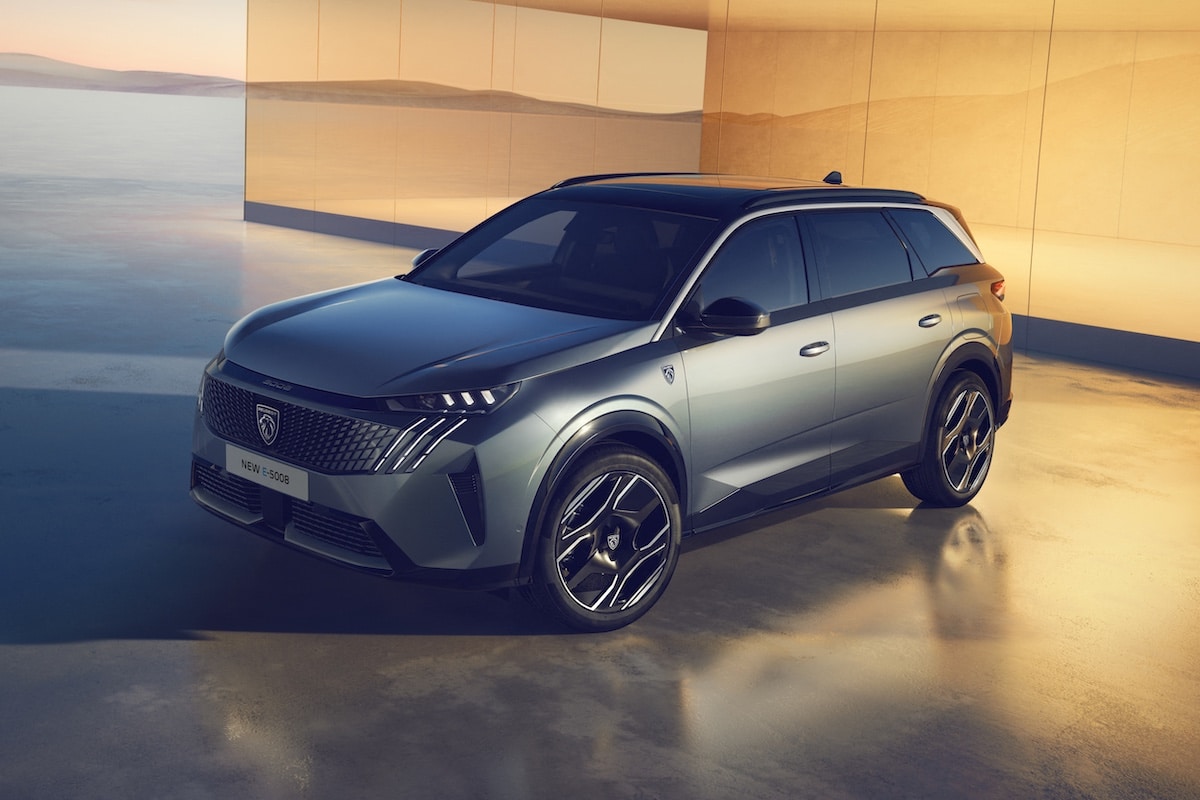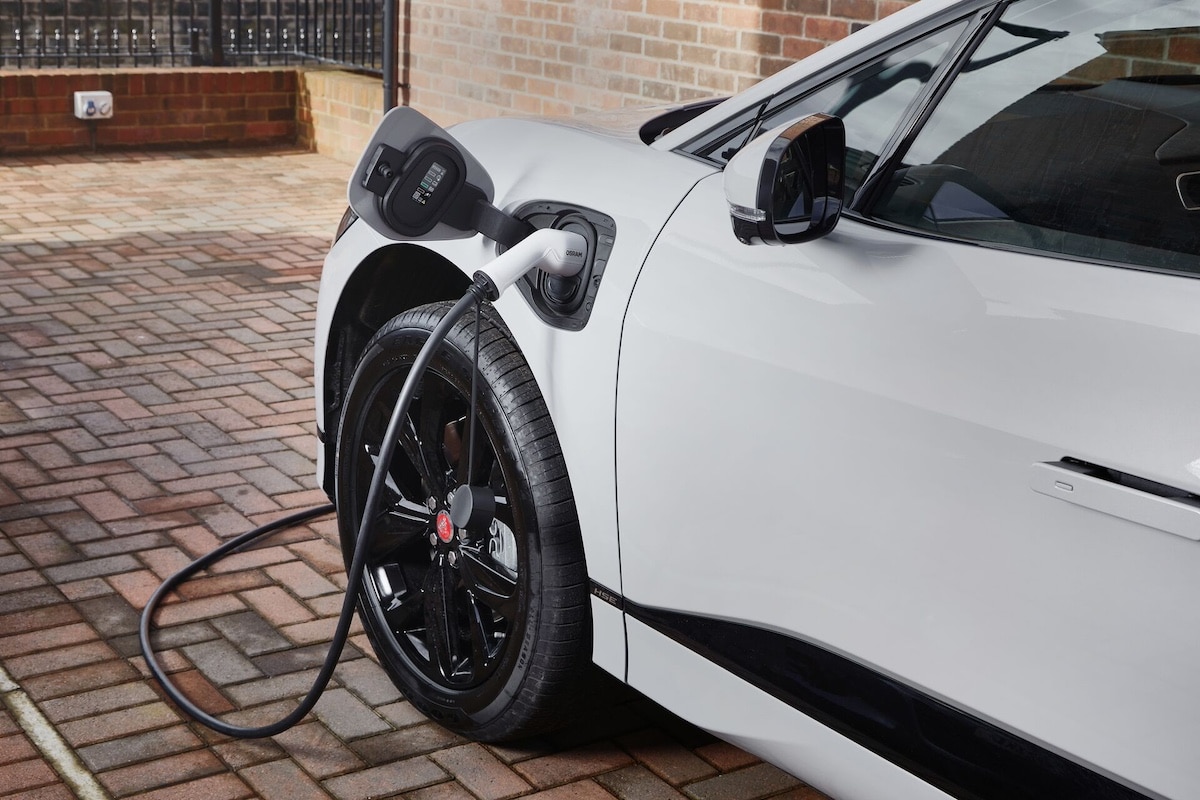More Power for the Lexus UX Hybrid

The new Lexus UX 300h self-charging hybrid replaces the UX 250h and gains 15 horsepower in the process.
When thinking of Lexus, one immediately thinks of Japanese engineering. A clinical product, with proven reliability but with a somewhat hidden joie de vivre. Efficiency is hard to combine with fun, so you don’t buy a Lexus to experience great thrills: it’s effective, well-designed, and especially very fuel-efficient. In short, it’s an excellent product.
But the problem with good products is that they are costly. The slogan “you don’t buy a price, but quality” struggles to survive today. Or, if you accept the idea of paying dearly, you want the latest novelty. Launched in 2018, the Lexus UX is now mid-life and badly needed this small technical refresh to continue its career. The UX, available with a self-charging hybrid or 100% electric powertrain, remains one of Lexus’s best-selling models in Europe before the highly anticipated LBX arrives.
Like the UX 250h, the UX 300h is powered by a 2.0-liter inline four-cylinder engine combined with two electric motors. But the new UX 300h offers a total power of 146 kW (199 hp), an 8% increase over the 135 kW (184 hp) of the UX 250h. This gain is made possible by a fifth-generation hybrid system where the old 180-cell, 216-volt nickel-metal hydride battery is replaced with a more efficient 60-cell, 222-volt lithium-ion battery. Additionally, in the all-wheel-drive new UX 300h, the rear electric motor of the e-Four all-wheel-drive system is 5.6 times more powerful than that of its predecessor. A 30 kW (41 hp) permanent magnet motor replaces the 5.3 kW (7 hp) induction motor of the UX 250h, providing even more dynamic response and driving enjoyment. The total power of the all-wheel-drive UX 300h remains 146 kW (199 hp).
Fuel consumption is also improved thanks to a more efficient powertrain and reduced weight, reaching 4.7 to 5.0 l/100 km in WLTP mixed cycle for the front-wheel-drive UX and 5.0 to 5.4 l/100 km for the all-wheel-drive version (data subject to final homologation). This represents a 12% improvement over the previous model.
Inside, a 12.3-inch digital cockpit is now available as an option. The digital cockpit can be customized in terms of design and displayed data, providing a smooth and intuitive user experience for accessing information, entertainment, and connectivity. Its appearance changes depending on the selected driving mode, and the display can be tailored to the driver’s preferences. The 8-inch multimedia touch screen has also been updated in this new version.
This page is translated from the original post "Plus de puissance pour le Lexus UX Hybride" in French.
We also suggestthese articles:
Also read






